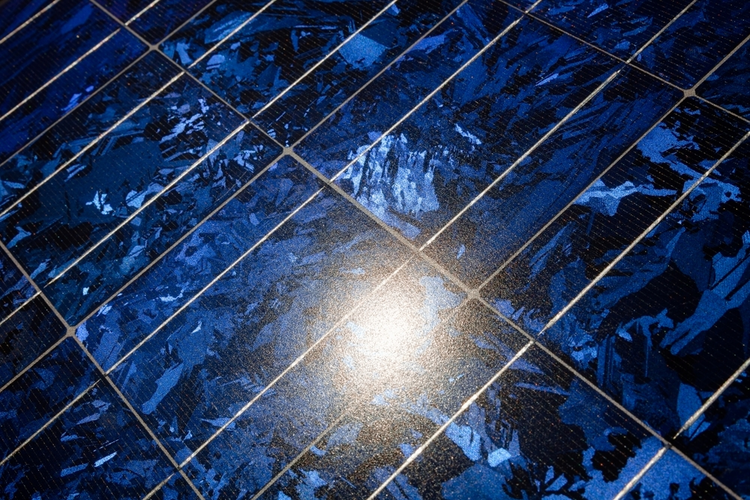
-
07 Apr 2018
-
By JKR Team
Manufacturing Using Less Electricity
The U.S. Energy Information Administration (EIA) recently unveiled some statistics indicating that overall electricity use by U.S. manufacturers has declined over the past decade. The release offers a couple of reasons for the continued drop:
- Many manufacturing facilities have learned how to either replace or supplement grid-based electricity by generating their own. From 2006 through 2016, the manufacturing sector purchased 87 percent to 89 percent of their electricity from the grid. More efficient onsite generation from combined heat and power (CHP) technology offers the potential for additional efficiencies. However, these opportunities seem relegated to sectors that utilize processes which naturally generate enough heat, or thermal energy, to create electricity.
- State-funded initiatives and federal tax incentives have also encouraged on-site electricity generation, which helps ease grid reliance. The sectors leading the way in electricity production include chemicals, paper, petroleum and coal, primary metal production, and food processing. The federal government—as part of the Consolidated Appropriations Act of 2016 and the Bipartisan Budget Act of 2018—has extended a 10 percent tax credit for CHP investments through the end of 2021.
- Although not identified by the EIA, infrastructure investments have also helped curb electricity use in plants. These include the implementation of sensors for lighting and climate control, more efficient lighting sources, and the expanded use of solar panels.





